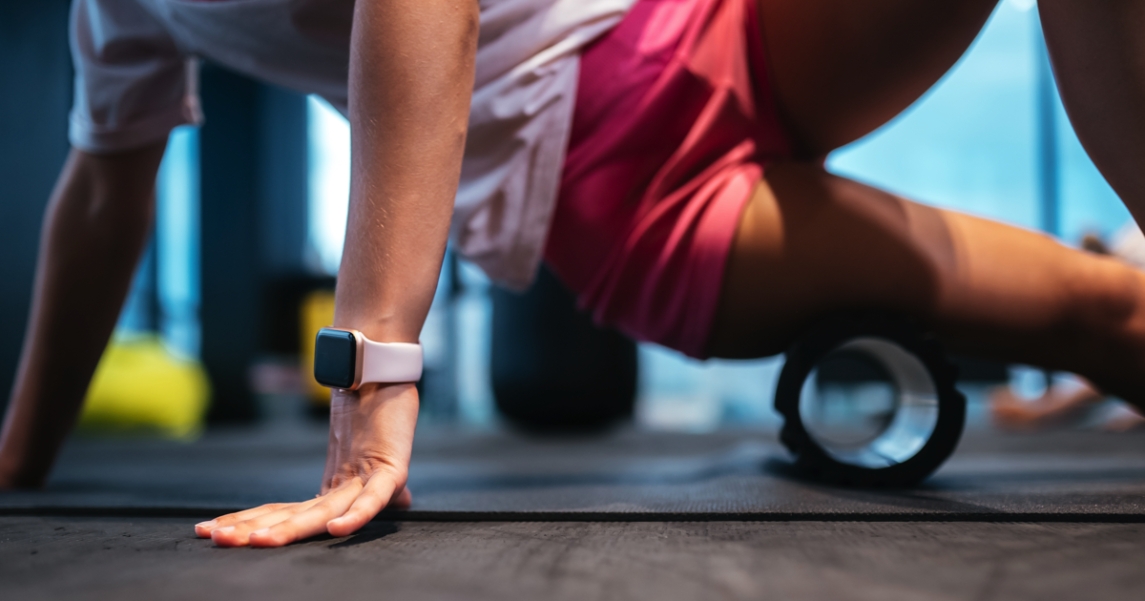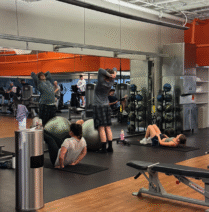
Optimal recovery ensures that your body heals efficiently, minimizing soreness and maximizing the benefits of your hard work. Here are several proven strategies to speed up your workout recovery.
1. Hydration is Key
Water is your body’s best friend, especially after a workout. Replenishing the fluids lost through sweat is vital for maintaining proper bodily functions. Dehydration can lead to fatigue, cramps, and delayed recovery. Aim to drink at least eight glasses of water a day, and increase this amount on days when you exercise.
2. Nutrient-Rich Nutrition
Fueling your body with the right nutrients is crucial for recovery. Consume a well-balanced post-workout meal that includes a mix of protein and carbohydrates. Protein aids in muscle repair, while carbohydrates replenish glycogen stores. Consider options like a protein shake, chicken with sweet potatoes, or Greek yogurt with fruits.
3. Prioritize Protein Intake
Protein is the building block of muscles. Ensure you’re getting an adequate amount of protein to support muscle repair and growth. Lean protein sources like chicken, fish, eggs, and plant-based options such as beans and tofu are excellent choices. If needed, consider protein supplements like whey or plant-based protein powder.
4. Active Recovery
Contrary to popular belief, complete rest may not always be the best approach. Light, low-impact exercises such as walking, swimming, or cycling can promote blood flow and help alleviate muscle stiffness. This “active recovery” aids in the removal of metabolic waste products from your muscles, reducing soreness.
5. Quality Sleep
Sleep is when your body does most of its healing and recovery. As the saying goes, “muscles are torn in the gym, fed in the kitchen, and built in bed.” Aim for 7-9 hours of quality sleep per night. Create a sleep-friendly environment by keeping your room cool and dark, and disconnect from electronic devices at least an hour before bedtime. Consistent, restful sleep is essential for overall well-being and optimal recovery.
6. Foam Rolling and Stretching
Incorporate foam rolling and stretching into your post-workout routine to enhance flexibility and reduce muscle tightness. Foam rolling helps release knots and tension in the muscles, while stretching improves range of motion. Focus on the major muscle groups worked during your workout for the most significant impact.
7. Cold and Heat Therapy
Ice packs and cold baths can help reduce inflammation and numb pain in sore muscles. Alternatively, heat therapy, such as hot baths or heating pads, can improve blood flow and promote muscle relaxation. Experiment with both methods to find what works best for you or consider alternating between hot and cold treatments.
Remember, recovery is not a one-size-fits-all approach. Listen to your body, and tailor these strategies to suit your individual needs. By incorporating these workout recovery techniques into your routine, you’ll not only bounce back faster after each workout but also set the stage for long-term fitness success. Prioritize your recovery, and your body will thank you with increased performance and overall well-being.
Get started on your fitness journey today! Take advantage of our state-of-the-art fitness centers, group fitness classes, and personal training services to become a healthier you!
Learn More About Membership at LSF-Lincoln Park
Learn More About Membership at LSF-Illinois Center
Tags: fitness tips, Workout Recovery



